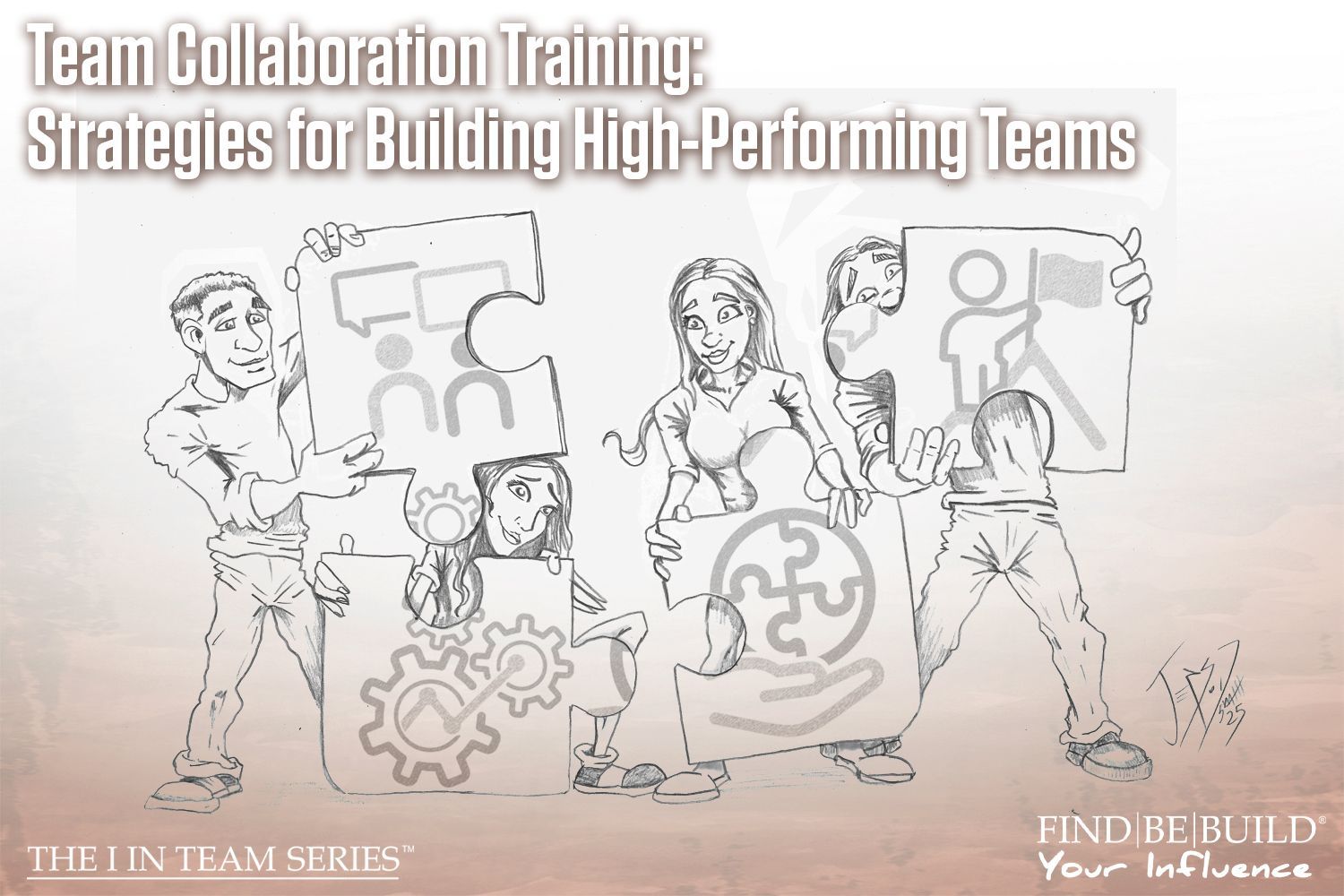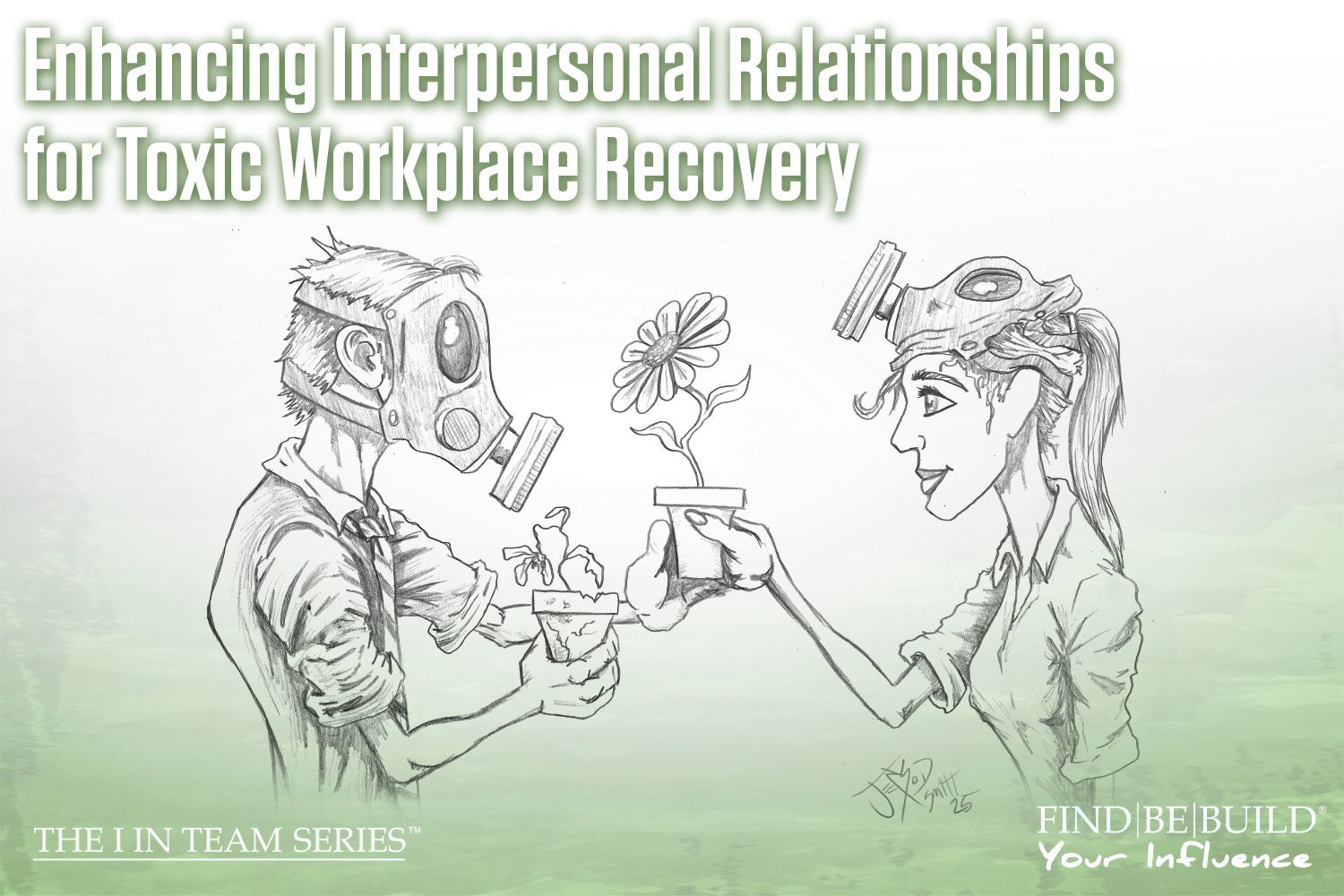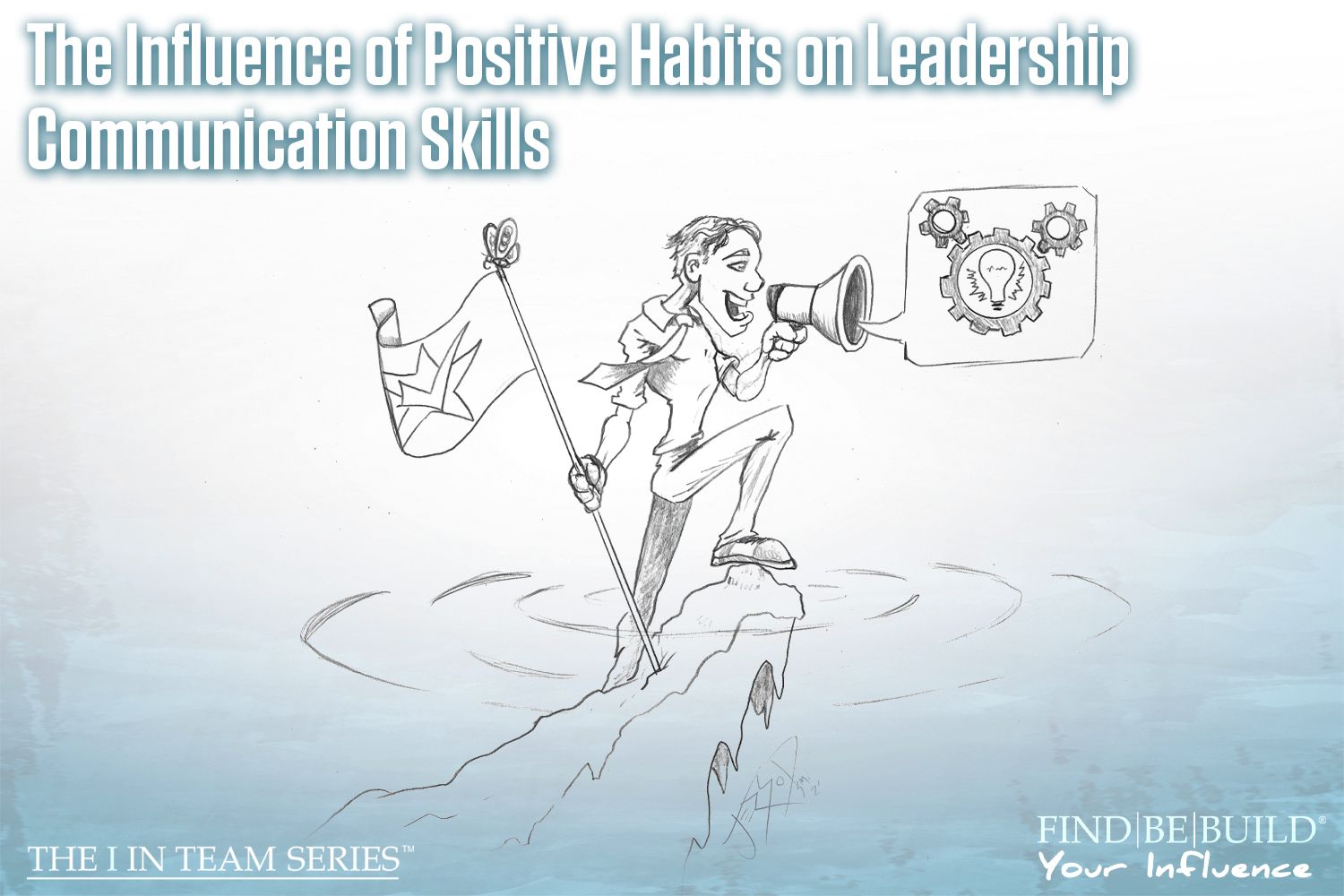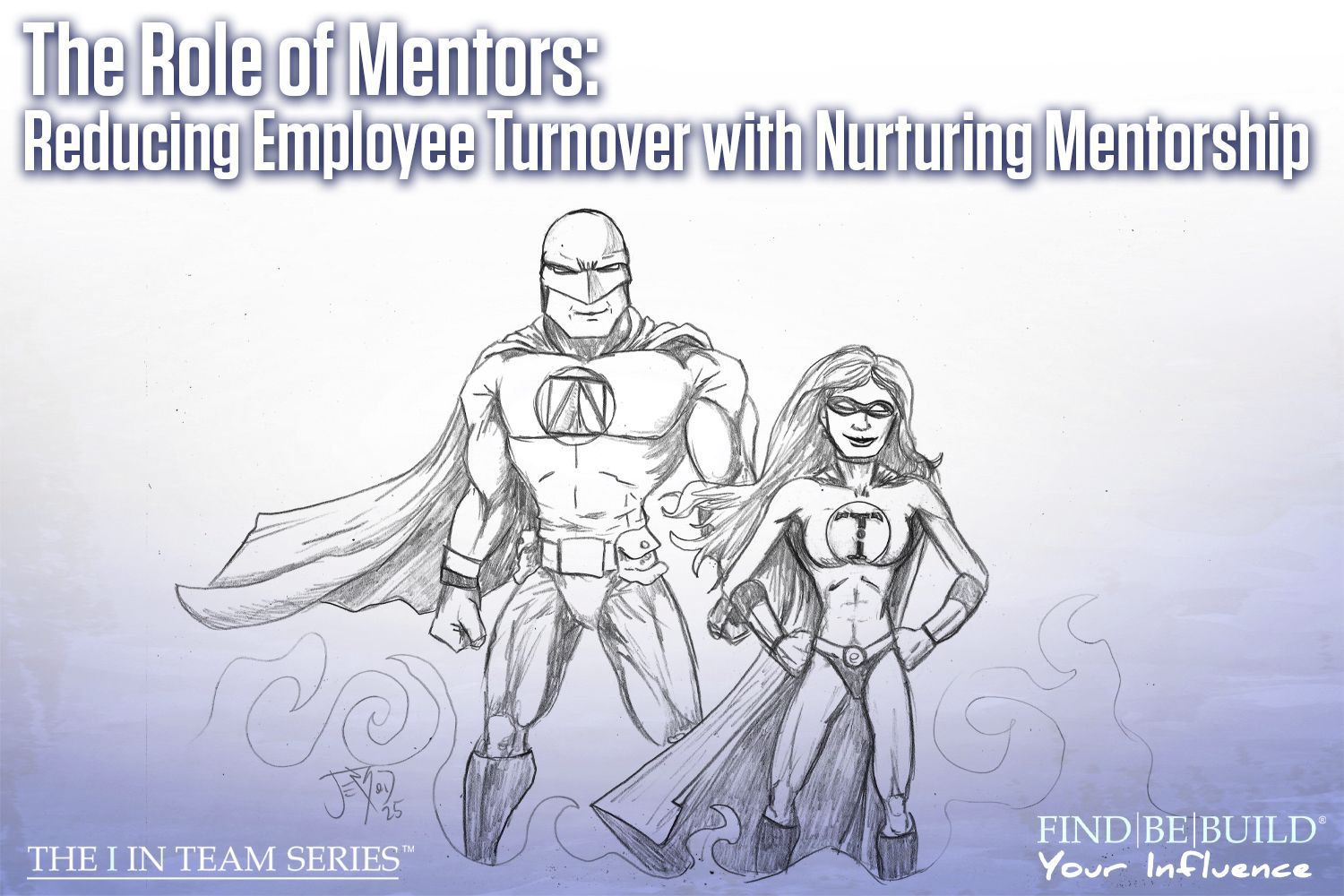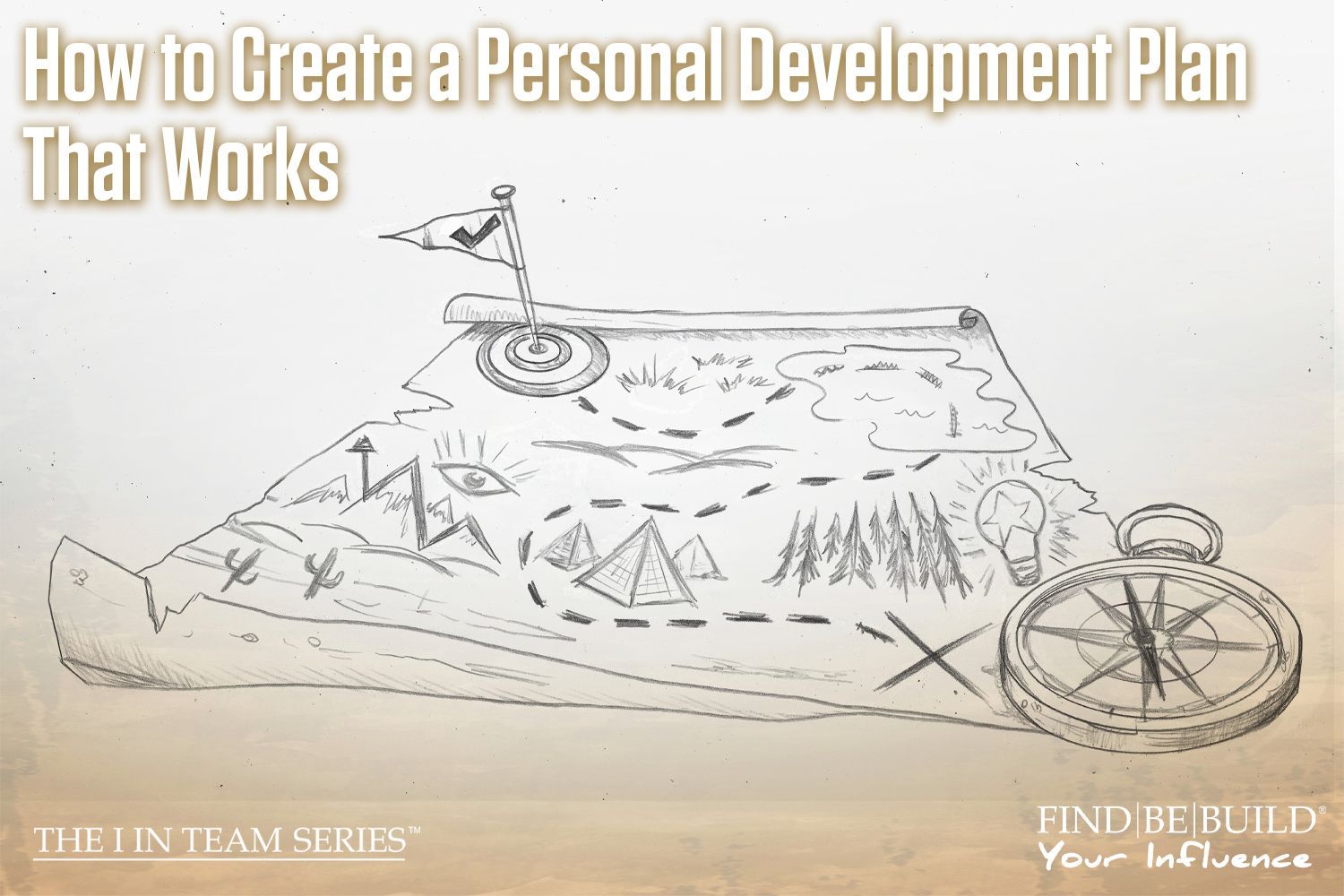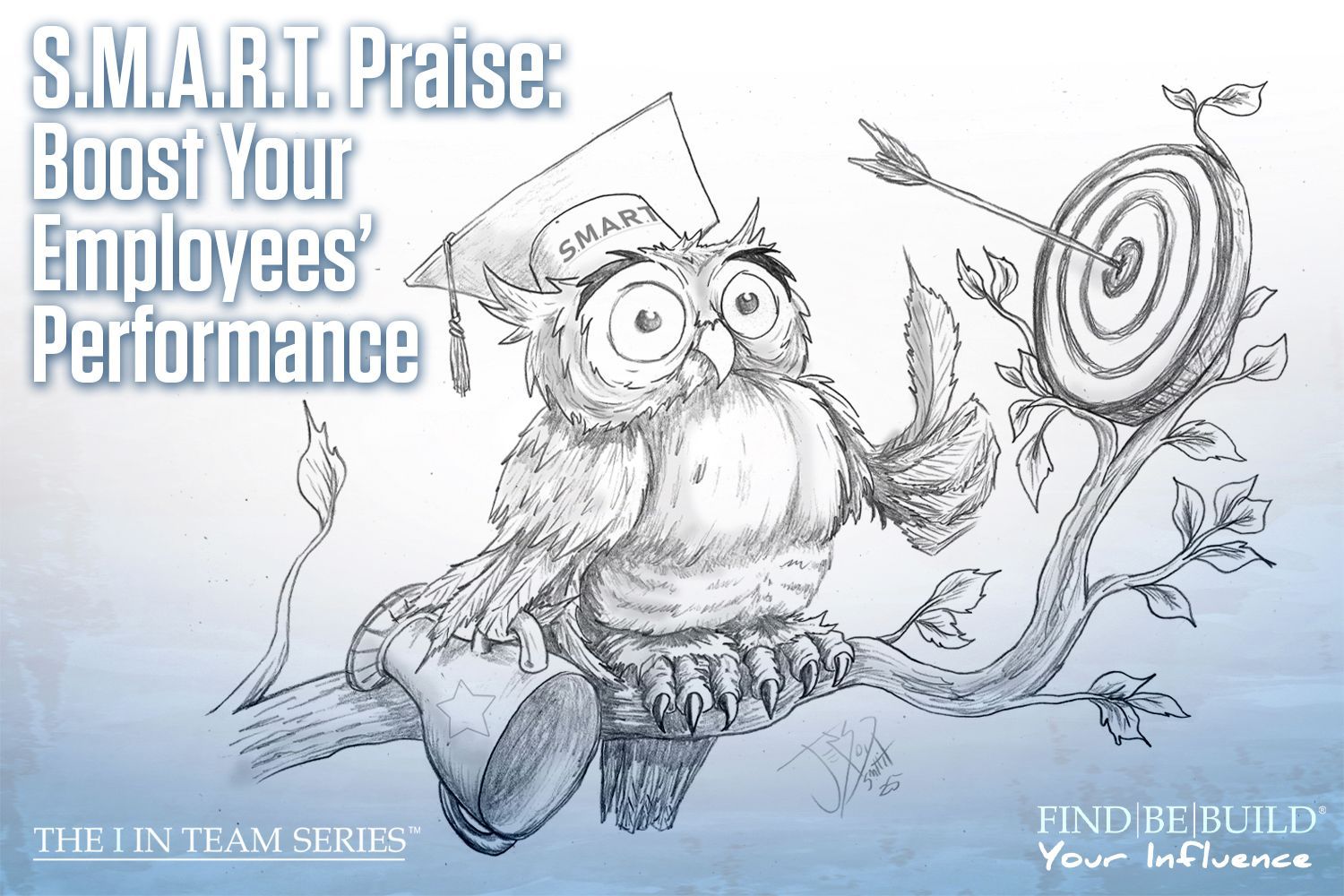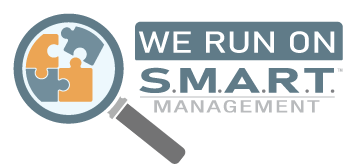Does Social Media Cost Thousands of Dollars per Month?

Social media consulting costs
Written by: Brian Smith
I wrapped up a presentation last week on “Running a Prosperous Business”. Speaking to the 30 plus business owners was a blast and helping them run a prosperous business is near and dear to my heart. It’s our goal when we help other business owners with their business. Everything starts with this simple question: “What does running a prosperous business mean to you?” It’s a slight variation from another great question: “What do you want your business to look like and why?”
What I found the most fascinating about the group I presented to is this: One of the people there wanted to talk to me about visibility with her company. This isn’t that out of the norm. It’s a big piece of our business; helping other companies remain visible to the right people.
The fascinating part was that she wanted to debate me about social media.She thinks social media is a fad. She was determined to tell me all the reasons she thinks it’s a waste of time and money. I listened carefully and even offered some questions to try and better understand. After a few minutes, we finally got to the bottom of her concerns.
She wanted to make sure she didn’t waste thousands of dollars on a fad that wouldn’t be around in a few years. It’s a valid concern. After talking about other marketing efforts she has tried, it made even more sense. She wasn’t successful with other online advertising like Yelp. She had spent $500 per month over the last year trying to advertise on Yelp and was sure that all social media efforts would yield similar results: no new clients.
Let’s start with her main concern: Social Media costs thousands of dollars per month.
It’s just not true. Sure, it could cost this much and some companies choose to use this avenue as a major source of their business. Most companies that we work with don’t have budgets for thousands of dollars per month for social media , mainly because their capacity to handle more work isn’t high enough to justify the dozens of inbound leads it would generate.
When we work with small business owners to develop a social media marketing strategy, we have to be very mindful of their budget. We also need to review the business’s website to see if it’s ready for social media. What were really trying to determine is: If we drive a bunch of traffic to your website, will people like what they see and ultimately contact you.
Her second concern is that social media is a fad. Some companies treat social media as a fad. They hear other companies having “success” at it. Their competitors have a lot of “likes” on their Facebook page, or they have a lot of twitter followers. It may look impressive from the outside. So, a business “tries out social media”. This is where the fad starts. A business owner dabbles in social posts on Facebook and, after countless hours of time and dozens of posts, gives up after two or three months.
There are four main components to winning at social media.
The first component is having appropriate expectations of your efforts.
If your budget for social media is $200 per month, it might be unrealistic to expect to create a massive following after the first few posts. On the other hand, a larger budget doesn’t guarantee you success in social media. To better understand how social media can help your business, contact us for a free consultation.
The second part is understanding your target market.
Until we understand who we’re targeting, it’s impossible to create a strategy. We want to get super specific with defining our target market. What are they interested in? What are their priorities? Are they laid back or super driven? Creating a very clear image of your target market helps win in social media.
The third (and perhaps the most important) part is creating a message that resonates with your target market.
Nothing helps advance social media efforts more than driving home a point that gets your target market thinking, “Wow. This company/person really understands my struggles.” The other part of creating a message to your target market should repel people who are not in your target market. This is an often unpopular concept, but in practice it helps bring the right people to your business.
The fourth and final point is driving a consistent message to the right people
Consistency, in any marketing efforts, takes time and commitment. Partly, it shows your target market that you aren’t a splash in the pan that is going to be out of business in a few months. It’s also important because some people take time to take action. People tend to have to see the same message or advertisement multiple times before taking action.
I want to be clear about the cost behind Social Media Management. It doesn’t need to take dozens of hours a month, hundreds of custom curated posts, or cost thousands of dollars to create a winning social media page. What it does take is the right content. Oh, and we can help!
Contact us today for a free consultation to see how we can help create a winning social media strategy for you.
© Individual Advantages, LLC 2016
The post Does Social Media Cost Thousands of Dollars per Month? appeared first on IA Business Advisors.
